The rotors of wind turbines turn and large fields of solar panels tilt toward the sun at a demonstration project for wind and solar energy storage and transportation in Zhangbei county, in Zhangjiakou, Hebei province.
That's how China kept its promise to stage a green Olympics, with green energy providing lighting and heating for the 26 venues and hydrogen-powered vehicles offering transport services.
"Zhangjiakou's flexible direct-current power transmission system ensures that green electricity can be transmitted continuously to the Beijing power grid," said Liang Lixin, an official from a wind and solar storage company owned by State Grid Jibei Electric Power. "The wind and solar power can be transformed into steady electric energy, which can be stored on the power grid. The technology has achieved many global breakthroughs."
With four converter stations, the system connects Zhangjiakou's wind farms and photovoltaic power stations in a network.
The system can transmit nearly 14.1 billion kilowatt-hours of power to Beijing every year via a transmission route of 666 kilometers, about 10 percent of the capital's annual electricity consumption.
This year's Games were the first at which all venues were powered by 100 percent green electricity.
According to official estimates, from June 2019 to the end of the Paralympics next month, Games venues will consume about 400 million kilowatt-hours of green electricity, saving 128,000 metric tons of standard coal and reducing carbon dioxide emissions by 320,000 tons.
In 2017, Hebei University of Architecture established a green program on campus for centralized heating via wind power generation, replacing the traditional coal-fired heating.
In the thermal storage system, water or a solid medium is heated by green electricity in boilers to store energy.
The university has used such technology to supply heating and hot water for some Games venues in Zhangjiakou and Beijing's Yanqing district.
"The electricity fees are much cheaper at night, so the boilers work at that time to store the heat for daily usage," said Shi Yongjiang, the university's president.
While electric and natural gas vehicles were used in the Olympic competition zone in downtown Beijing, hydrogen fuel cell vehicles served the venues in Zhangjiakou and Yanqing because they could function at subzero temperatures.
"The Winter Olympics successfully demonstrated the utility of hydrogen energy in fields such as public transport," said Wang Hewu, executive director of the Zhangjiakou Institute of Hydrogen Energy and Renewable Energy.
He said 623 hydrogen fuel cell vehicles were used in the Zhangjiakou competition zone during the Olympics, while only three hydrogen fuel cell buses and 20 cars were in service during the Summer Olympics in Beijing in 2008, along with some electric and hybrid vehicles.
"Zhangjiakou's rich wind and photovoltaic power generates electricity, and produces green hydrogen from water electrolysis," Wang said. "When hydrogen combines with oxygen in a fuel cell, they produce only water, without tailpipe emissions."
He said Hebei is one of China's major hydrogen energy demonstration areas, with the aim of boosting its application in transport in cold regions.
Wang said hydrogen can be utilized in a wide range of industries. For example, using hydrogen as the reducing agent to replace fossil fuels can greatly reduce carbon dioxide emissions in steelmaking, a pillar industry in Hebei.
SinoHytec, which was established in Beijing in 2012, supplied hydrogen cell engines for many vehicles used at the Winter Olympics.
Shi Jiannan, the company's commercial director, said its engines can be started at temperatures as low as-35 C, which made them suitable for the cold winter conditions in Zhangjiakou's mountains.
He said the company had conducted many experiments to ensure safety. If cylinders are ruptured in a traffic accident, hydrogen will disperse very quickly under normal pressure due to its low density.
Wang Libing, head of the Chuangba Hydrogen Refueling Station in Zhangjiakou, said: "Hydrogen-powered buses have no particular smell of petrol, with stronger power. The battery lasts longer-drivers only have to refuel the bus once every day."
The typical hydrogen-powered bus in Zhangjiakou is 12 meters long and carries eight cylinders of hydrogen fuel on the back of its roof.
Similar buses were used at the Winter Olympics, with about five of Wang's colleagues temporarily transferred to work at hydrogen refueling stations serving the Games.
"Safety always comes first. We strictly obey all the rules," Wang said, adding that all staff members had professional certificates and wore special uniforms that prevented static electricity.
It takes about 15 minutes to refuel a bus, which can then run for up to 406 km. Hydrogen costs 30 yuan ($4.72) a kilogram in Zhangjiakou, and the capacity of each bus is 25 kilograms.
Staff members release a bus' static electricity before refueling it with hydrogen. Drivers have to wait in a business hall, and receive a call via an explosion-proof intercom when refueling ends.








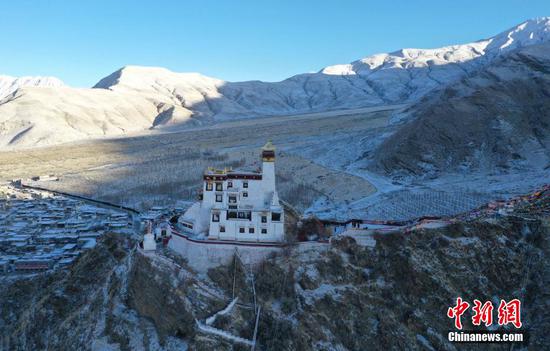


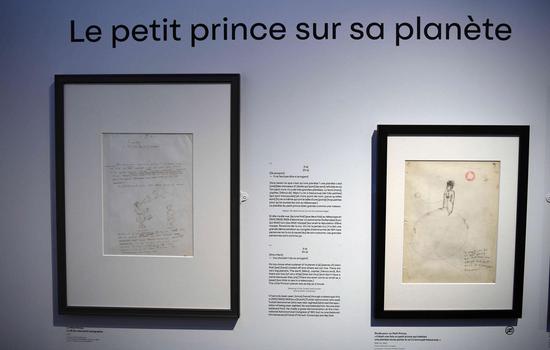

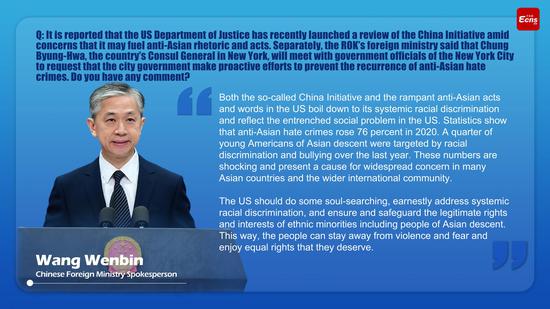


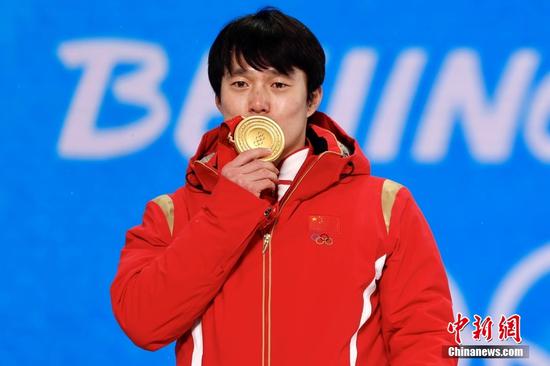


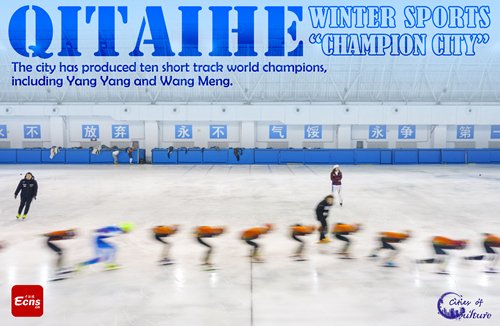





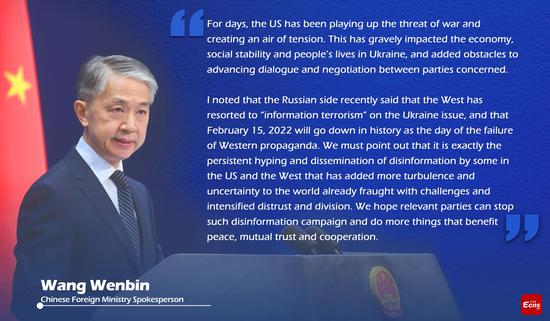



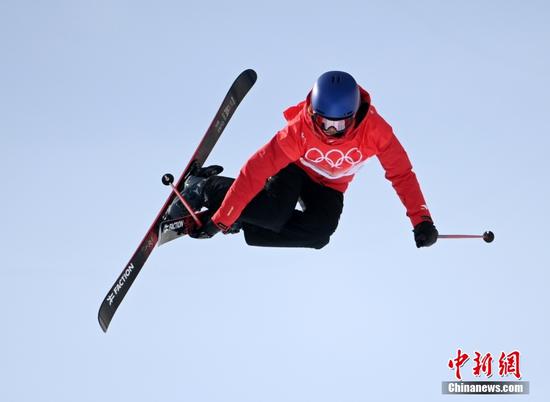



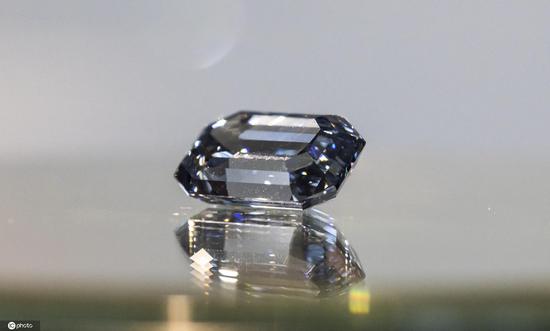


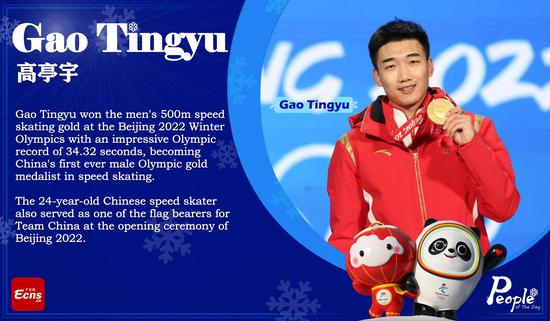
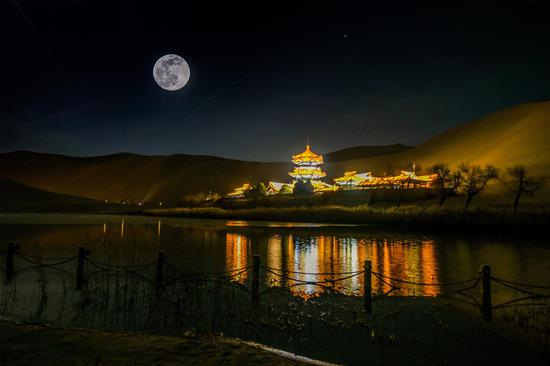




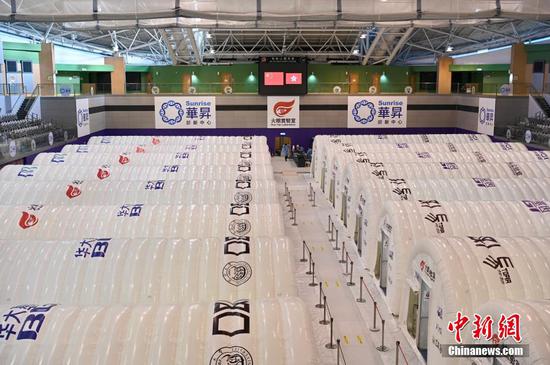
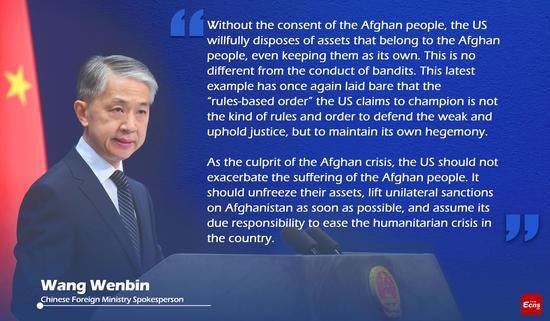
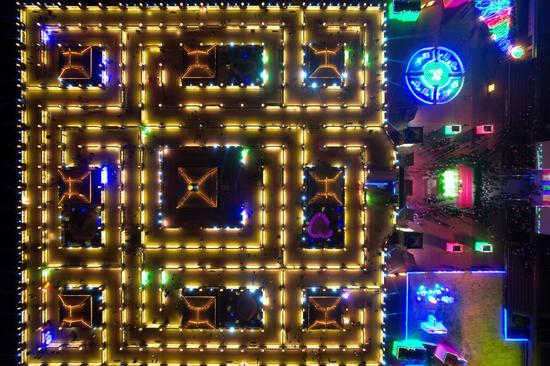





 京公网安备 11010202009201号
京公网安备 11010202009201号